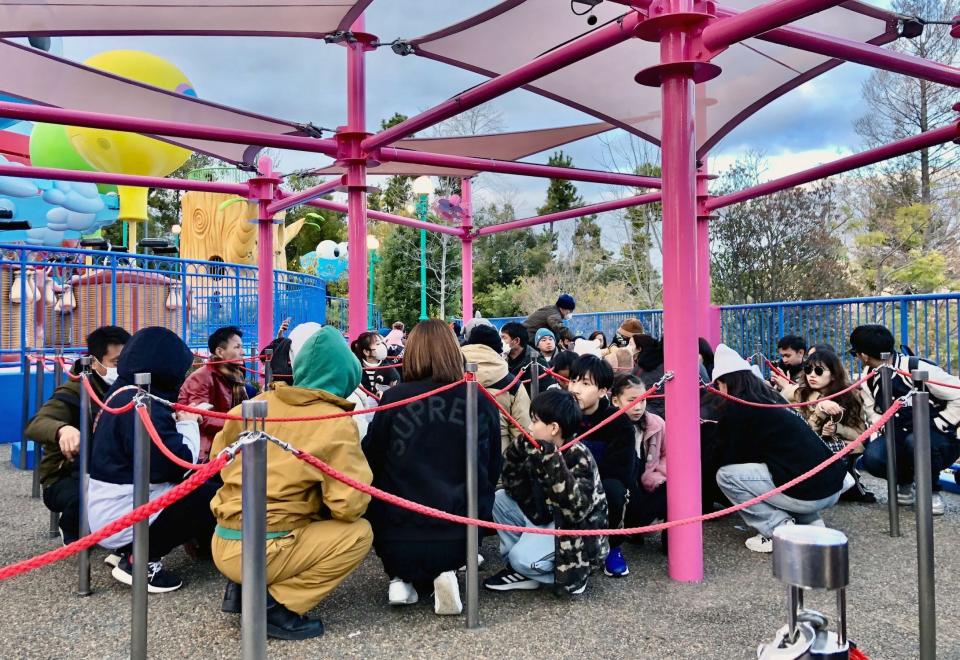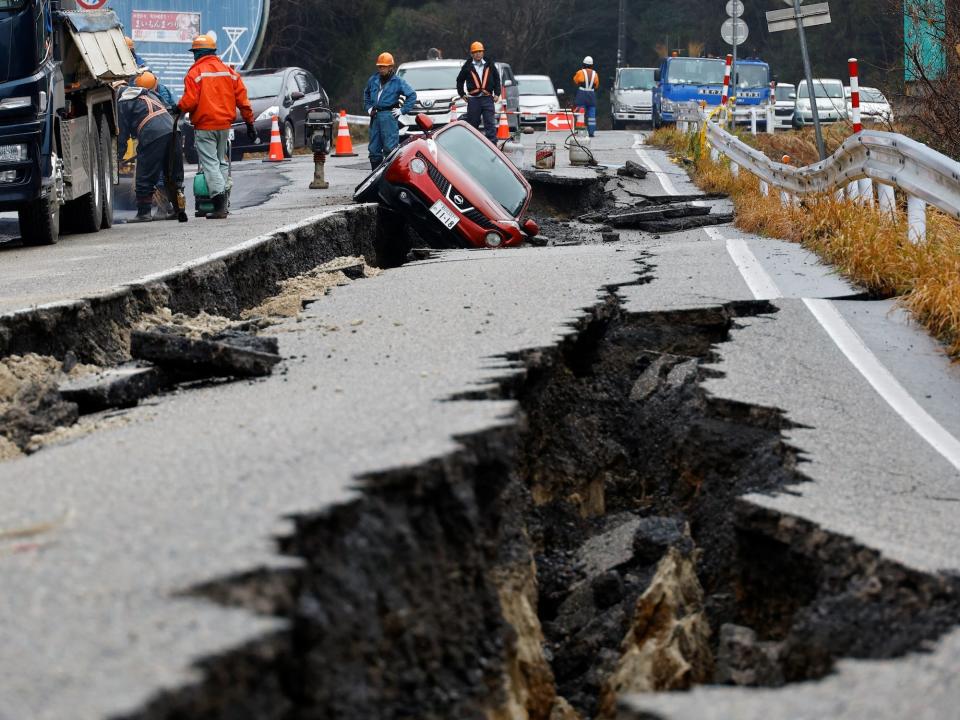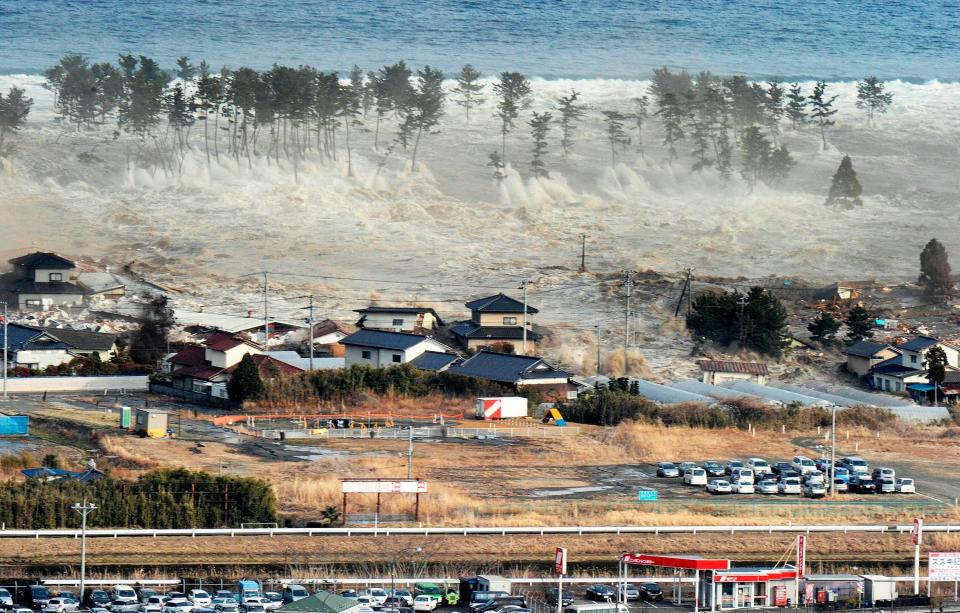-
Japan is still trying to cope with the consequences of a powerful earthquake earlier this month.
-
With its history full of natural disasters, Japan is one of the countries best prepared for emergencies.
-
A sophisticated warning system, strict building codes, and a prepared population all help.
Japan’s Noto Peninsula is shaken by the strongest earthquake of the last century, but the death toll is quite low.
A 7.6 magnitude earthquake hit Japan’s central peninsula on January 1; it violently shook buildings, triggered landslides, started fires and even forced the land upward to form new beaches on the coast.
Such earthquakes can be incredibly deadly. When a pair of tremors of similar magnitude struck Turkey and Syria last year, the disaster resulted in at least 56,000 deaths. The 7.0 magnitude earthquake and its aftershocks that occurred in Haiti in 2010 caused the death of more than 300,000 people. At least 79,000 people died in the 7.6 magnitude earthquake that occurred in Pakistan in 2005.
However, according to Reuters, the number of deaths from the latest earthquake in Japan as of Friday was 94 people.
This is not a coincidence. Just look at the mega disaster that Japan experienced in 2011, which was much bigger than this last earthquake. That March, a 9.0 magnitude earthquake triggered a tsunami and nuclear power plant meltdown.
While more than 18,000 people died, world Bank He noted that Japan’s history of preparation helped evacuate many people and likely saved lives.
The situation on the Noto Peninsula is, of course, very dire. The January 1 earthquake may have been the strongest earthquake felt in the region in the last 100 years. Nature. According to Reuters, more than 200 people cannot be heard from and 30 villages cannot be reached; Food and water are in short supply for nearly 11,000 evacuated people in the rubble-strewn city of Wajima.
Japan’s earthquake resilience isn’t perfect, but experts say the country is doing some things right: investing in infrastructure, enforcing strict building codes and educating its citizens.
“Japan has lessons it can teach everyone,” Daniel Aldrich, a professor of political science and public policy at Northeastern University who studies disasters and civil society, told Business Insider.
Japan invests in buildings
Japan lies on four tectonic plates, making it an extremely seismically active country. Continuous grinding of the plates could cause 1,500 earthquakes per year. As a result, Japan has been improving its earthquake preparedness for decades.
Following a series of natural disasters following World War II, Japan increased investment and planning for earthquakes and floods by enacting the Basic Law on Disaster Countermeasures in 1961.
Japan now has some of the strictest building codes of any country in the world. New York Times It was reported after the 2011 earthquake. For decades, Japanese engineers have studied how earthquakes affect buildings in the country and focused on earthquake-resistant construction.
Japan is designing new buildings that will sway side to side with earthquake motion, rather than standing still and allowing movement to strain the structure.
In tall buildings, giant cushions made of rubber and steel help absorb some of the shaking from earthquakes, as do hydraulic shock absorbers. Many old structures have been retrofitted to better withstand disasters.
However, sometimes surviving an earthquake alone is not enough. For example, BBC News reported that many old wooden structures in Wajima went up in flames after a fire broke out following the 2024 earthquake.
Of course, Japan’s wealth gives it an advantage over other earthquake-affected countries. But some of seismic safety has more to do with mindset than money.
Japan maintains culture of emergency preparedness
September 1 is Disaster Prevention Day in Japan. Authorities designated this day in 1960 to prepare citizens for emergencies.
While living in Japan, Aldrich said he and his neighbors went through extensive drills every year, practicing how to use tourniquets, slings for broken arms and how to spray house fires with a hose.
“No matter where you are in Japan, everyone has these drills, including children,” Aldrich said. “The government constantly conveys the importance of these,” Aldrich said, adding: “Are you ready? What did you do? Do you know your neighbors? Can you help in a disaster? What skills can you bring?”


Students participate in earthquake drills and the government conducts simulations to test earthquake preparedness. The government also recommends that people keep an emergency kit ready at all times.
This is crucial for survival because affected areas can be without emergency services for days after a disaster, as was the case for much of the Noto Peninsula.
Your first responders in these situations are your neighbors, Aldrich said. While researching disasters for more than a decade, he found that social relationships were an important indicator of survival. He said community earthquake drills teach people what to do and help them trust their neighbors.
In 2007, the Japan Meteorological Society launched the “Earthquake Early Warning System” (EEWS). The J-Alert system can also broadcast to TVs, radios and mobile phones.
Even Tokyo has a place radio equipped vending machine This sounds an alarm for park goers.


Warnings come a few seconds to a few minutes before an earthquake strikes, giving people some time to get to a safer place. These are also very important for rail travel. Japan Railways’ trains automatically stop when the earthquake detection system is activated.
The bullet train derailed after a 7.4 magnitude earthquake in 2022, but none of the 78 passengers and crew were seriously injured, Kyodo News reported. According to The Japan Times, the train slowed down significantly from its typical speed of up to 306 kilometers per hour.
Japan is building resilient infrastructure
Like its buildings, Japan has the experience and money to strengthen its infrastructure against earthquakes.
During this disaster in 2011, rapid response teams were able to quickly repair roads to help transport supplies and aid to affected areas. Once, it took only six days to repair a worn-out road. Guard reported.


The 2021 World Bank report stated that the country learned many lessons from the 2011 disasters, from improving water supply infrastructure and strengthening reserves to undersea cables powering the internet.
Aldrich said the biggest lesson is revamping nuclear power plant safety regulations.
After the 2011 Fukushima meltdown, Japan was slow to restart using nuclear energy. The Japan Times reported that 10 of the 33 reactors have returned to operation after being shut down more than a decade ago.
Experts are also concerned about the possibility of a very large “mega earthquake” occurring in the next 40 years. Guard. In 2020, a Japanese government panel warned that another major tsunami could flood the Fukushima Daiichi Nuclear Power Plant at any time.
The double disaster of the tsunami


One of the reasons why an earthquake in Japan is so dangerous is the possibility of a tsunami.
In the 1980s and 1990s, Japan built sea walls to stop huge waves. But once in 2011 40 meter tsunami It quickly breached the 5-meter seawall at the Fukushima plant. As a result, there was a meltdown in the factory.
Despite a long history of disasters, the country was not fully prepared for the tsunami that followed the 2011 earthquake, according to a report. 2012 report.
In some areas, buoys equipped with sensors monitor tsunamis. The Japan Meteorological Agency uses TV, radio and mobile phones to distribute warnings, such as earthquake warnings. Sirens also sound, often giving people a few minutes of warning that a wave may hit.
By contrast, the 2004 Indian Ocean tsunami hit a number of islands with no official warning system and resulted in more than 200,000 deaths, according to NOAA.
According to the World Bank, historical information may have helped save lives during the 2011 tsunami in Japan. Some survivors knew how far the waters could reach because of stone markers placed by residents after previous tsunamis. Some of the monuments are hundreds of years old.
Read the original article on Business Insider